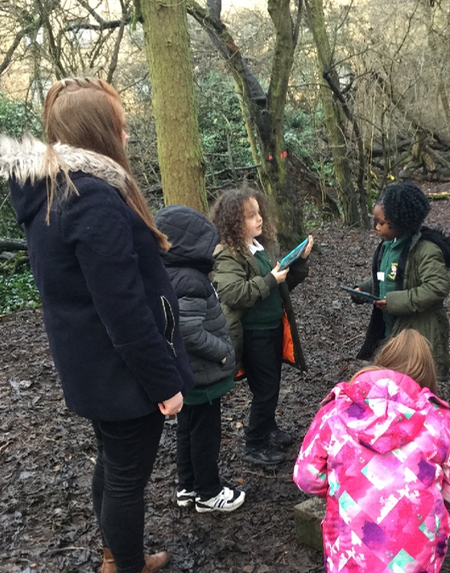Touch screens before toddling?
To iPad or not to iPad is a question many parents face
Helen Caldwell, Senior Lecturer in Education (Primary Computing) at the University of Northampton shares her thoughts on the benefits of young children using digital technologies.
Children today are born into a world where digital technologies are more prevalent than ever before. We’re automating, app’ing, hashtagging and checking in across many elements of our lives; from our food to our travels, as well as everyday communication with our social circle. From the moment young children become aware of the world around them, they will witness the use of digital technologies. It’s only natural that they will be keen to explore these devices, in exactly the same way as the rest of their world.
From a very young age children find digital technologies interesting, exciting and see technology as part and parcel of their world. It’s during these early years that children form their attitudes to learning and we should be harnessing their interest and excitement in all subjects using a variety of learning methods, including with digital technologies. Children have the confidence to explore through play, making mistakes, doing things differently, and repeating actions a number of times, whereas many adults are constrained by their already developed sense of caution and fear of making mistakes. Children’s confident approach to finding out how things work extends to technology; these days most use touch screens before they can walk
Using digital technologies to capture and review learning, or to practice real world scenarios such as cashpoints, microwaves or photocopiers is an important aspect of a child’s development. These kinds of learning experiences help children to observe, to apply critical thinking to solve problems and to predict what happens when they use technology. I would encourage parents to use digital devices to compliment children’s real world exploration. For example, take an iPad when heading outdoors for a walk and capture interesting sounds, images and video. Or take photos of a Lego figure as you go and turn the walk into a storytelling experience, making the most of children’s natural affinity with small world play. Children can then use apps to create something new with their digital content; perhaps a video, an eBook, or a talking slideshow. This resource can then be used to review their experience outdoors, providing a context for developing their language skills and consolidating their understanding.
then be used to review their experience outdoors, providing a context for developing their language skills and consolidating their understanding.
In this way, children are capturing their personal viewpoints as they create customised digital content reflecting their learning experiences. Using technology as part of a learning experience like this emphasises the learning process over outcome: how children learn rather than what they learn. So rather than limiting tech time for children, we should think about using it as a learning tool: encourage them to accomplish a creative goal or to complete an educational game to a certain level.
There is a wide variety of apps and tools available to harness children’s interest in technology and bring together their physical and digital exploration of the world.
Recommendations:
Osmo kits combining hands on play with iPads: https://www.playosmo.com/en/?gclid=Cj0KEQiAguXBBRCE_pbQ5reuq8MBEiQANji2LevHNpVFLmKuOjr09sRhicPd2pptttwkW044bcpyjccaAnHv8P8HAQ
Makey Makey invention kits https://www.youtube.com/watch?v=rfQqh7iCcOU
Cubetto: Hands on coding for ages 3 and up — https://www.primotoys.com/
Dash and Dot robots — https://www.makewonder.com/
Creative apps for 3–7s: Book Creator, PuppetPals, Shadow Puppets Edu; iMovie, Collins Big Cat books, Toca Boca apps, ChatterPix Kids, PicCollage
This post first appeared on the University of Northampton Medium blog:
https://medium.com/@UniNorthants/touch-screens-before-toddling-5903c928ee7e

Comments
Touch screens before toddling? — No Comments
HTML tags allowed in your comment: <a href="" title=""> <abbr title=""> <acronym title=""> <b> <blockquote cite=""> <cite> <code> <del datetime=""> <em> <i> <q cite=""> <s> <strike> <strong>